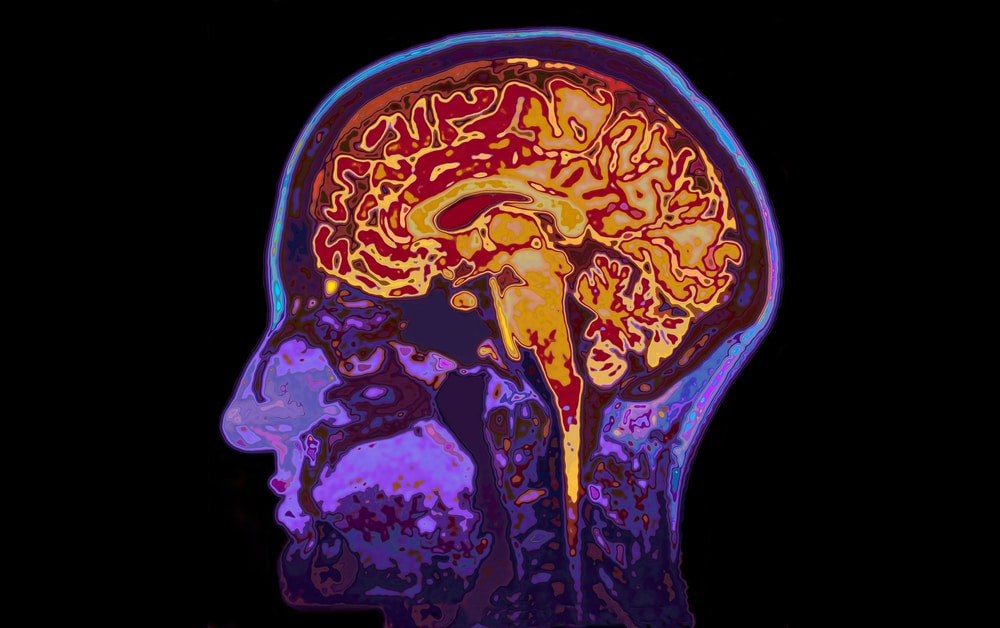Currently there are no known cures for the disease, and effectiveness of the best treatments for its symptoms appear to diminish as the disease progresses, making early detection the best option for future hopes of the over 44 million people affected by the disease worldwide.
Scientists taught their AI how to detect subtle changes in the brain grey matter that are imperceptible to the naked human eye. Thus far their system has provided what appears to be a fail proof early warning before the full onset of the devastating effects of the disease in a small sampling.
AD is one of the top 10 known deadliest disease in the world, scientists have only begun to have rudimentary understanding of this condition in recent years. While studies such as this provide better understandings of the markers and causes AD cannot be conclusively diagnosed until death. Doctors use process of elimination to rule out as many causes of memory loss as possible through memory assessments and evaluations along with lab tests and brain imaging to try and determine diagnosis, which often leaves only 4-8 years of life to live by the time they are diagnosed with the disease.
Medications are available to help manage memory loss, but they are not a fix, nor will they stop or reverse memory loss, rather possibly slow its progression to help make living day to day slightly more manageable. But such drugs do not work for everyone, and once progressed past a certain stage they don’t work at all.
Earlier diagnosis allows patients to start such drugs earlier which can help slow progression better, but before they can be prescribed there has to be sufficient clinical evidence of disease. This new AI may be the key to detect the condition early enough to preserve some memory function for 6 years longer.
Build up of amyloid beta protein plaques appear to be the clearest sign of Alzheimer’s. Recently certain metabolic changes have also been linked to the disease. Although it isn’t yet clear why brains of diabetics and Alzheimer’s sufferers do not absorb and process glucose in the same manner as healthy brains. This metabolic change happens early on, but the differences in patterns of glucose in the brain are very subtle and diffuse that would take an impossibly long time for a human to map out in enough patients over a long enough time span to say with certainty which changes can predict AD. However this is the kind of task AI is exactly intended for. The system’s learning system was able to learn patterns on close to 2,000 brain scans taken of 1,000 patients. The team then tested the system on 40 scans that were completely new to the algorithm, which detected all of the patients that went on to eventually develop Alzheimer’s disease from brain scans that were taken on average 6 years before the patient was diagnosed.
The team says the system needs more testing so it will still be some time before it is publicly available, but they are pleased with the performance of the algorithm and have have hopes for the potential use of the AI.
If the disease is diagnosed after all symptoms have manifested brain volume loss is so significant that it is too late to intervene, early detection provides an opportunity to potentially find better ways to slow down and/or halt disease processes.




